科学文献

When diagnosed with cancer, the first thing all patients want to know is:
"Can my cancer be cured?"
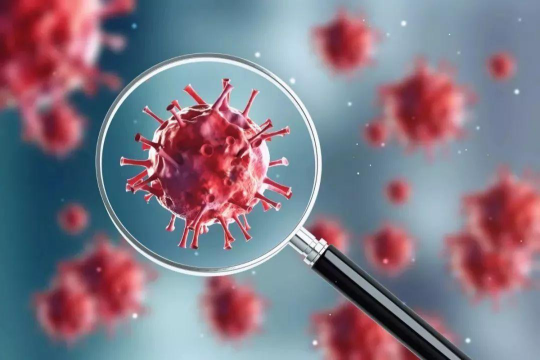
Can cancer be cured?
In the long struggle between mankind and various diseases, cancer and AIDS are undoubtedly the two most difficult and challenging problems. If you ask which one will achieve a breakthrough first, my opinion is that AIDS will be conquered first. Although the medical community has made significant progress in cancer treatment, achieving a true "cure" still seems out of reach.
Although it is still impossible to say whether cancer can be completely cured, the medical community has made significant progress in identifying and treating certain cancers. Some people have even begun to explore the possibility of "curing" cancer. In the medical field, "cure" usually refers to clinical cure. Specifically for cancer, this means that after a patient has contracted a certain type of cancer, after appropriate treatment, no cancer cells can be detected in the body, the cancer has not recurred, and the patient has not died from the disease.
After treatment, no cancer cells can be detected in the patient's body, which is called "complete remission" in medical terms. However, it is worth noting that even if complete remission is achieved, recurrence is still possible. Because cancer cells are highly cunning, some patients may still have a small number of cancer cells lurking in their bodies after treatment, escaping detection. These residual cancer cells may become active again after treatment stops, leading to recurrence of the disease. Therefore, during the treatment process, it is crucial to closely monitor and follow up the patient to ensure that possible recurrences are detected and treated in a timely manner.
According to clinical data statistics, the risk of cancer recurrence for most cancer patients after treatment is mainly concentrated within five years. Therefore, the medical community generally uses the "five-year survival rate" as an indicator to measure the effectiveness of a certain cancer treatment. To be precise, the five-year survival rate does not mean that the patient can only survive for five years, but refers to the proportion of patients . Generally speaking, the higher the five-year survival rate, the greater the possibility of cure of the cancer. If the patient does not relapse within five years after treatment, for most patients, it can be regarded as having reached the standard of clinical cure. These 5 types of cancer are most likely to be "cured" prostate cancer -the 5-year survival rate is as high as 96%! 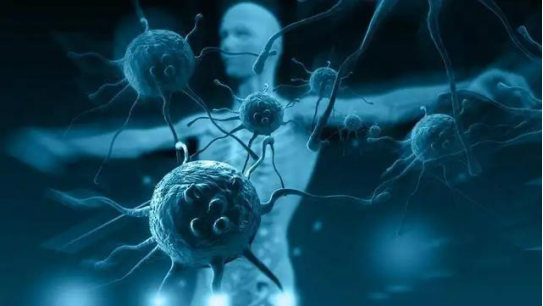
Why is the cure rate so high?
Research has found that some prostate tumors grow slowly or even stop growing altogether. In these cases, the tumor does not pose a real threat to the individual's health and no special treatment is needed. In fact, many men with prostate cancer are able to maintain a normal life for many years, and at the end of their lives, their cause of death is often related to other diseases rather than prostate cancer itself.
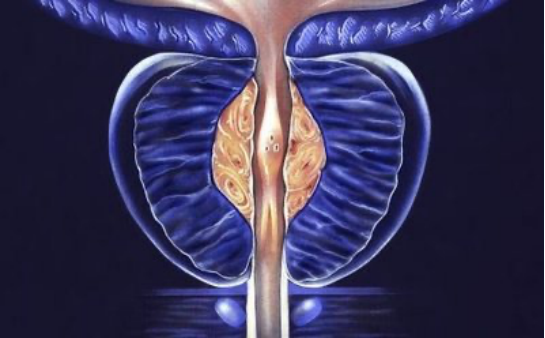
Under what circumstances is it difficult to cure?
When cancer cells spread (also known as metastasis), it becomes much more difficult to treat. A small percentage of prostate cancers quickly spread to distant sites, and in this case, only about 29% of men survive 5 years after diagnosis. Fortunately, however, most prostate cancers are usually diagnosed by doctors before they spread.
How to screen?
There are two main ways to screen for prostate cancer. One is a digital rectal exam, and the other is a blood test called a PSA (prostate-specific antigen) test. It is important to tell your doctor right away if you have problems like difficulty urinating or blood in your urine. These could be symptoms of cancer or other prostate problems.
Thyroid cancer - 5-year survival rate is as high as 99%!
Why is the cure rate so high?
The thyroid gland is a butterfly-shaped gland located in the neck of the human body that can secrete hormones needed by the body, consume calories and control heartbeat. The most common type of thyroid cancer is papillary thyroid cancer, which grows slowly. Even if the tumor is large or has begun to metastasize to nearby tissues, doctors can still treat or even cure the disease by surgically removing the thyroid gland. After surgery, the patient can take related drugs to replace the hormones secreted by the thyroid gland.
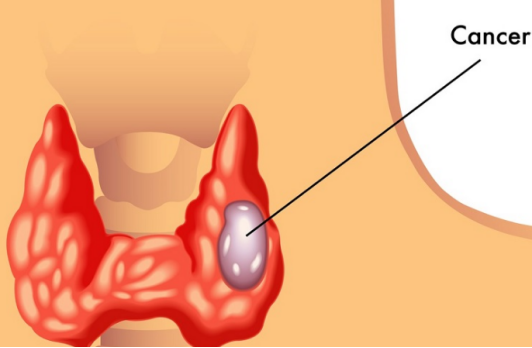
Today, doctors can diagnose thyroid cancer earlier than ever before, which is why it is more treatable.
Under what circumstances is it difficult to cure?
There is one type of anaplastic thyroid cancer that has a five-year survival rate of only 7%, but this type is very rare.
How to screen?
There is no recommended screening test. Most people don’t know they have a tumor until they notice (or their doctor finds) a lump or swelling in their neck. Doctors sometimes discover the problem when they do an ultrasound for another reason. If you notice a lump in your neck or have symptoms like trouble breathing or swallowing, be sure to tell your doctor.
Testicular cancer - 5-year survival rate is about 95%!
Why is the cure rate so high?
In the early stages of cancer (before the tumor has spread to other parts of the body), doctors can cure the cancer by surgically removing one or both testicles that have the tumor. If a patient removes only one testicle, the other testicle can usually still produce enough hormones without affecting the patient's sex life and fertility. For patients with advanced cancer, surgery combined with radiation therapy or chemotherapy usually has a good effect. Sometimes stem cell transplants are also used. The chemotherapy drug cisplatin, introduced in the 1970s, is widely praised by doctors because it can significantly improve the survival rate of patients with advanced testicular cancer.
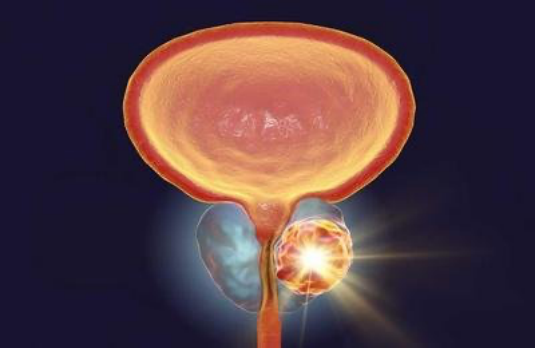
Under what circumstances is it difficult to cure?
Even for advanced testicular cancer, there are relatively effective treatments. The five-year survival rate for this type of tumor is 73%, which is relatively high for advanced cancer.
How to screen?
There is currently no screening test for testicular cancer. Men who feel a lump in their testicles or one testicle is larger than the other should consult a doctor as soon as possible, as these may be early signs of a tumor.
Melanoma - 5-year survival rate is 93%
Why is the cure rate so high?
Melanoma is usually visible in its early stages and can be removed and cured surgically if it has not spread beyond the skin.
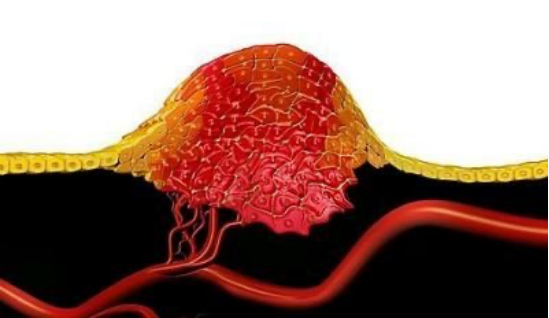
Under what circumstances is it difficult to cure?
If not detected early, melanoma will spread to other parts of the body like other skin cancers. Once the tumor spreads beyond the skin, it becomes more difficult to treat. Among those patients who have developed distant metastasis of melanoma, only 15%-20% of patients can survive more than 5 years after diagnosis.
Is screening useful?
Yes. You can check your skin for large, dark, oddly shaped or raised spots, especially on your back, scalp, scrotum, and between your toes. Melanomas in these areas can be hard to detect, so if you notice any changes, talk to your doctor right away.
Breast cancer -early stage 5-year survival rate is as high as 99%!
Why is the cure rate so high?
Modern medicine has made great progress in treating breast cancer. Today's doctors know a lot about how to screen for and treat breast cancer. The public is more aware of breast cancer than ever before. For example, it is now known that breast cancer is not just one disease, but that there are many different types. Researchers have also developed many different drugs for different types of breast cancer.
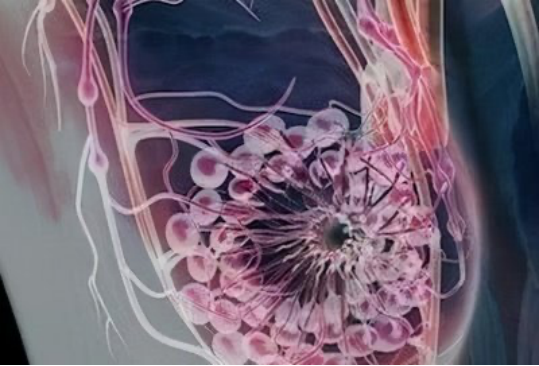
Under what circumstances is it difficult to cure?
Early-stage breast cancer is more curable than metastatic breast cancer. Also, some types of breast cancer are easier to treat. For example, one type of breast cancer is "estrogen receptor positive," which can benefit from drugs that lower estrogen levels. Another type, "triple negative breast cancer," is more aggressive and doesn't benefit from targeted drugs.
Is screening useful?
Yes. Studies show that getting regular mammograms can help you live longer, but different medical organizations have different standards for when to start routine screenings. Some recommend that people at average risk for breast cancer get screened annually starting at age 50. The American Cancer Society recommends that women get screened annually starting at age 45, and that women between 40 and 45 can choose to get screened annually if they want.
In addition, some tumors may be cured through radiotherapy and chemotherapy. Some tumors, such as blood tumors (leukemia, lymphoma) and nasopharyngeal carcinoma, are naturally very sensitive to radiotherapy and chemotherapy. Therefore, regardless of whether they are in the early or late stages, these cancers generally do not use surgery, but directly use radiotherapy and chemotherapy, and will also cooperate with targeted therapy according to the condition. Some malignant germ cell tumors and many childhood malignant tumors also have the opportunity to be cured or survive for a long time. The 5-year survival rate statistics of 32 common cancers are released!
In order to give everyone a comprehensive and objective understanding of cancer prognosis and survival, we refer to the US SEER database and summarize the overall 5-year survival rate of 32 common cancers and the latest 5-year survival rate of different stages, so that everyone can have a clear view of their cancer prognosis as a reference. (Note: Cancer data statistics are usually delayed by 3 to 5 years, so the latest data is the statistics from 2012 to 2018.
The National Cancer Institute database ( Surveillance, Epidemiology, and End Results), referred to as the SEER database, records the incidence, mortality, and disease conditions of millions of malignant tumor patients. It is currently one of the databases with the largest amount of data in the world, strong statistical power, and high clinical reference value.
Can cancer be "cured"? The answer is: YES!
Finally, let’s return to the question that everyone is most concerned about: Can cancer be “cured”?
The answer is: YES. From the above statistics, we can see that early-stage patients with certain cancers can achieve a survival time of 5 years or even longer and obtain clinical cure through comprehensive treatments such as surgery.
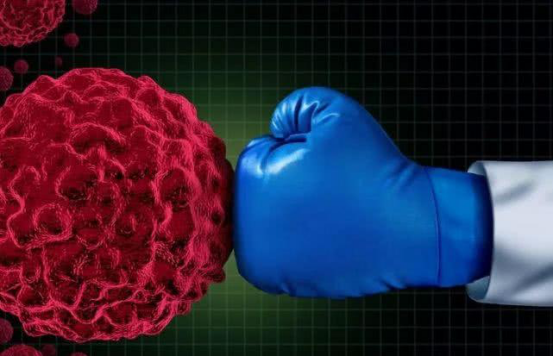
Although some advanced cancers cannot be cured, they can be cured through comprehensive treatment with new drugs and technologies. For example, in the advanced stage of breast cancer, through comprehensive treatment, patients may be able to survive with the tumor for a long time, and some can survive for 10 years or even longer! Some advanced lung cancer patients have survived for more than 5 years with the help of targeted drugs from generation to generation. In addition, the emergence of some new methods for treating cancer, such as cancer vaccines, electric field therapy and other new technologies, has also brought more treatment options to patients.
A famous American doctor always tells every patient: "The most important factor in whether this disease can be cured is that you believe it can be cured."
Belief is a powerful energy. It does not mean that patients have false hopes, but that they face reality bravely and optimistically. As doctors and people around them, we must give cancer patients positive psychological hints.
“ Use calmness to accept things that cannot be changed; use courage to change things that can be changed; use wisdom to distinguish between the two. ”
Finally, I hope everyone can find better treatment options and defeat cancer!
Reference: https://seer.cancer.gov/